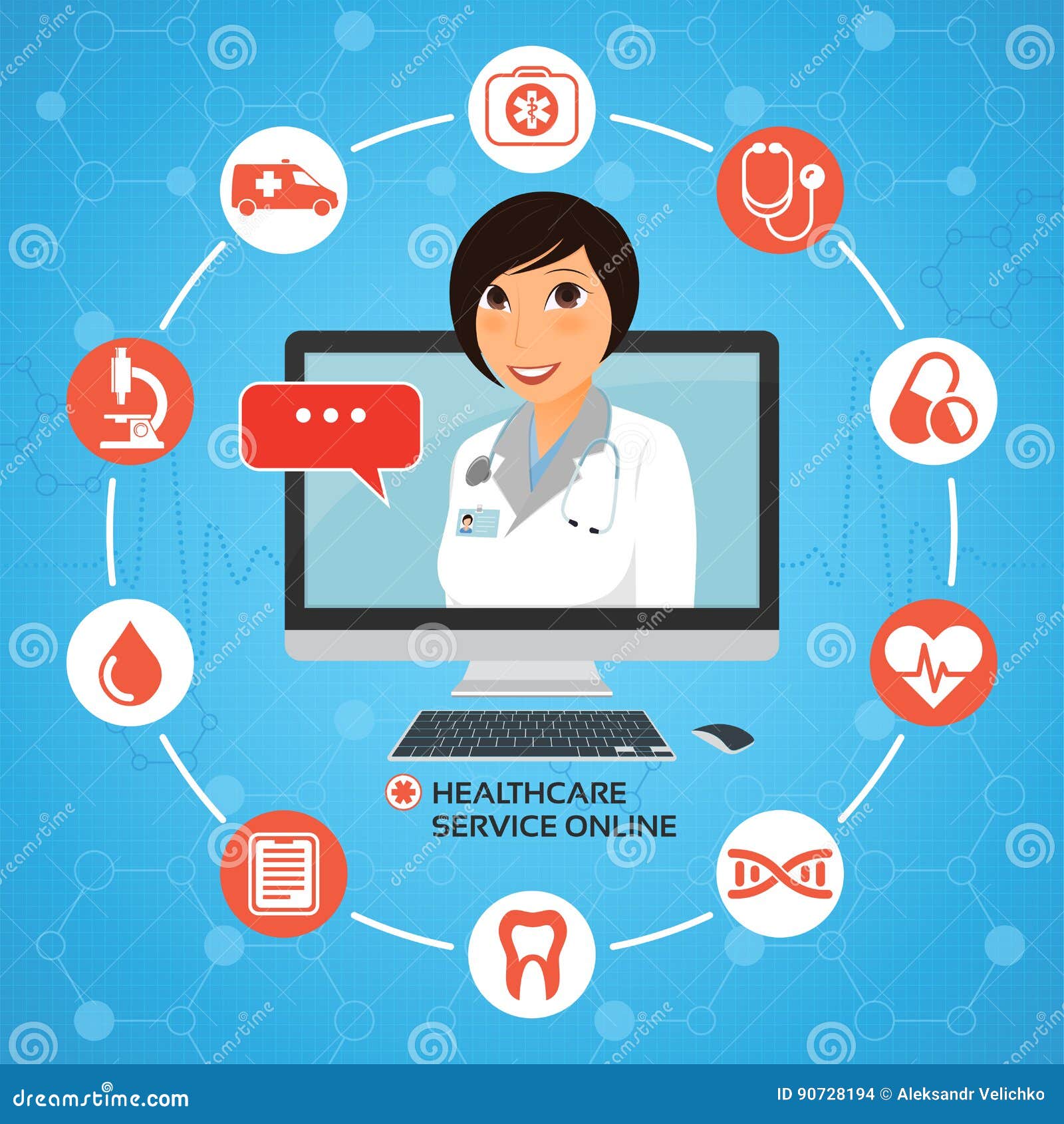Subscription Based Healthcare: Changing the Way We Think About Health
Subscription Based Healthcare: Changing the Way We Think About Health
Blog Article
Exactly How Subscription-Based Medical Care Is Changing the Medical Sector

The Increase of Membership Medical Care
In recent years, the healthcare industry has actually experienced a significant change towards subscription-based designs, showing broader consumer patterns preferring ease and predictability. This improvement is driven by the enhancing demand for more obtainable and tailored treatment remedies. Registration healthcare, in some cases referred to as concierge medicine or straight key care, uses individuals a fixed regular monthly cost for a variety of clinical solutions, considerably changing standard fee-for-service versions.
The rise of registration health care is promoted by improvements in technology, which allow structured communication between carriers and individuals - subscription based healthcare. Digital systems and telehealth services have become essential, supplying individuals the ability to arrange appointments, gain access to clinical documents, and get assessments online. This technological combination not just improves individual engagement but likewise enables companies to deliver much more effective treatment
In addition, the subscription version lines up with the evolving expectations of clients who seek more control over their healthcare expenses and experiences. By removing the changability of co-pays and insurance claims, subscription-based healthcare supplies a transparent and uncomplicated method. While this design is getting grip, its proliferation deals with challenges such as regulatory hurdles and the necessity for more comprehensive approval within the traditional health care ecological community. Nonetheless, its expanding existence notes a zero hour in the evolution of medical care delivery.
Advantages for Patients and Suppliers
Subscription-based medical care supplies a plethora of benefits for both carriers and people, improving the dynamics of clinical care. For individuals, this model supplies enhanced access to medical care services.
For healthcare carriers, subscription-based models cultivate an even more lasting and gratifying technique. By protecting a steady earnings stream, companies can focus on supplying high-quality care without the pressure of volume-based service. This version motivates longer patient appointments, cultivating stronger patient-provider partnerships and enhancing health results. Additionally, it provides providers the adaptability to introduce and include preventative and holistic care practices. Administrative tasks are usually streamlined, decreasing above costs and allowing carriers to devote even more time to patient interaction. Overall, subscription-based healthcare lines up the incentives of patients and providers, promoting a more efficient and patient-centered health care distribution system.
Key Attributes of the Design
Frequently, the essential attributes of the subscription-based medical care design highlight its distinctive technique to delivering clinical solutions. Central to this version is the principle of predictable, month-to-month repayments, offering individuals a comprehensive array of services without the unpredictability of traditional fee-for-service frameworks. This design often consists of unrestricted access to primary care solutions, precautionary care, and routine examinations, guaranteeing that individuals can engage with their medical care companies proactively instead than reactively.
Additionally, direct communication networks, such as telemedicine and messaging systems, are highlighted, allowing individuals to receive prompt recommendations and consultations without requiring in-person appointments. This enhances accessibility and comfort, specifically for people with wheelchair restrictions or those residing in remote areas. The version additionally fosters stronger doctor-patient relationships, as doctor are incentivized to concentrate on lasting wellness results instead of short-term sees.
Furthermore, subscription-based health care often incorporates technological developments, such as electronic wellness records and wellness monitoring apps, to supply tailored and effective care. Clients benefit from coordinated and continuous care administration, which is customized to their particular health requirements. Ultimately, these attributes collectively develop a patient-centered medical care experience, prioritizing access, price openness, and preventive treatment.

Difficulties and Considerations
While the subscription-based health care version provides numerous advantages, it is not without its obstacles and considerations. Full Report Registration models may accidentally favor those with greater socioeconomic status, potentially expanding differences in health care accessibility for lower-income people who may have a hard time with month-to-month fees.
One more obstacle hinges on regulatory compliance. Subscription-based medical care must navigate a complicated internet of guidelines that differ by area, including issues around individual confidentiality, data security, and state licensing demands. Making certain compliance without impeding the model's versatility and advancement can be intimidating for service providers.
Furthermore, there is the threat of overutilization or underutilization of solutions. Patients paying a dealt with fee could overuse services, leading to raised functional expenses, while others might underutilize because of fear of burdening the system, potentially neglecting essential care.
Future Prospects and Innovations
The landscape of subscription-based medical care is positioned for makeover via arising innovations and evolving prospects. As modern technology remains to advancement, the integration of artificial knowledge and maker discovering provides significant opportunities to enhance diagnostic precision and enhance individual management. Predictive analytics can revolutionize preventative treatment by identifying possible health and wellness dangers before they show up, consequently decreasing both costs and the burden on medical care visit this web-site systems.
Furthermore, telemedicine is set to increase within membership designs, offering people boosted access to medical care specialists no matter of geographical constraints. This not just helps with continuity of treatment however additionally equips patients to engage even more actively in their wellness administration. Additionally, blockchain technology uses potential in protecting patient information and making sure interoperability throughout platforms, cultivating trust fund and transparency.
The development of tailored medicine is another frontier, with membership models offering an one-of-a-kind structure for providing customized health services. Genetic testing and tailored treatment plans can be effortlessly incorporated, lining up person needs with particular medical interventions. Additionally, collaborations in between technology firms and health care service providers are most likely to generate cutting-edge remedies, enhancing individual experiences and end results. As these potential customers emerge, subscription-based healthcare has the possible to redefine how care is web link supplied and accessed.
Final Thought
Subscription-based health care is transforming the medical industry by providing an extra accessible, foreseeable, and patient-centered approach to medical solutions. Despite challenges such as regulatory difficulties and potential variations in accessibility, the registration design holds assurance for a more efficient and individualized medical care experience.
Subscription health care, in some cases referred to as attendant medication or direct main treatment, provides patients a set monthly charge for an array of clinical services, dramatically altering conventional fee-for-service designs.
Furthermore, the membership version lines up with the progressing expectations of individuals who seek even more control over their healthcare expenses and experiences. For patients, this model supplies improved accessibility to medical care solutions. Overall, subscription-based medical care lines up the rewards of patients and companies, promoting a much more effective and patient-centered medical care distribution system.
In addition, telemedicine is established to increase within subscription models, offering clients enhanced access to medical care specialists regardless of geographical restraints. - subscription based healthcare
Report this page